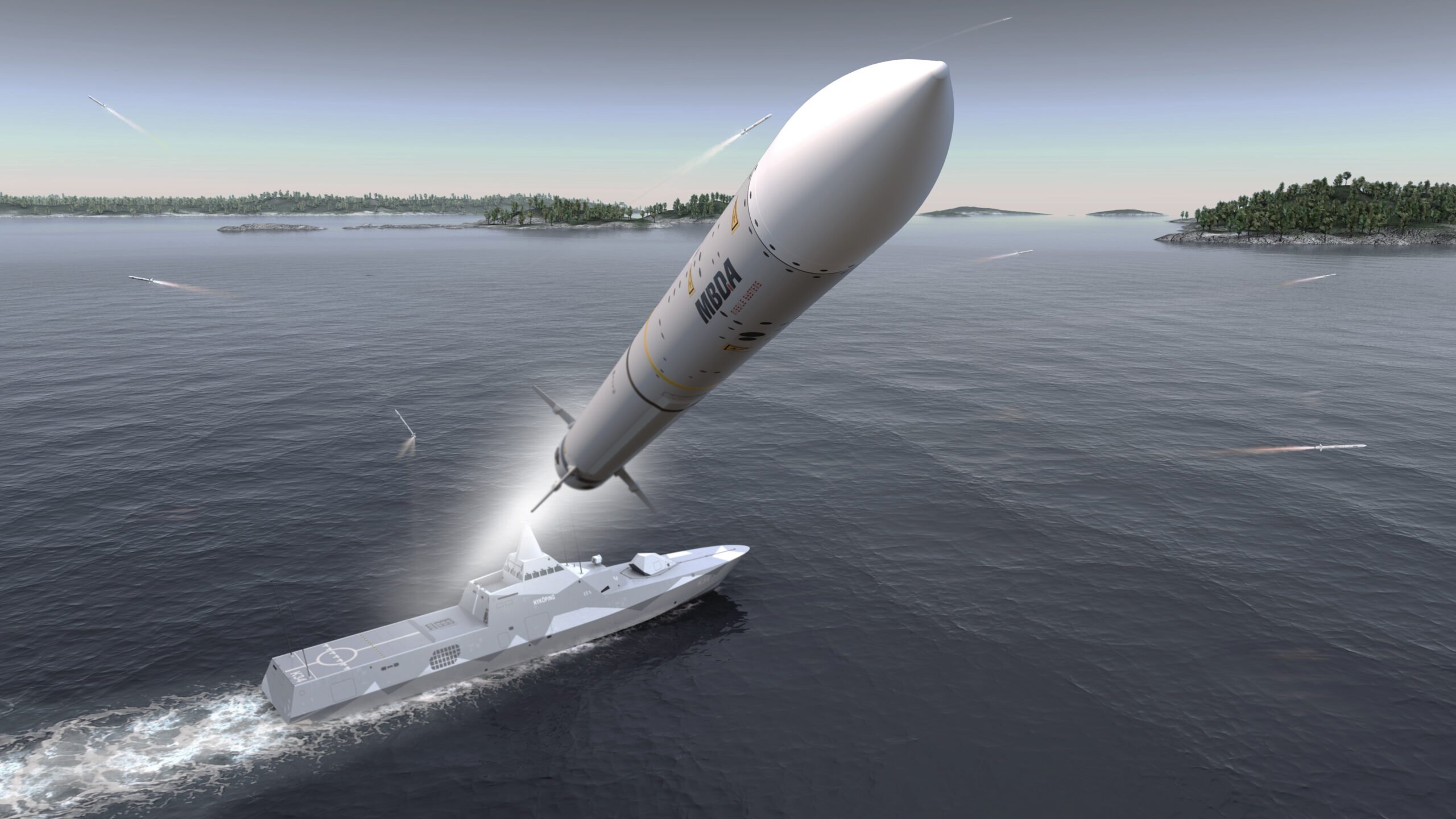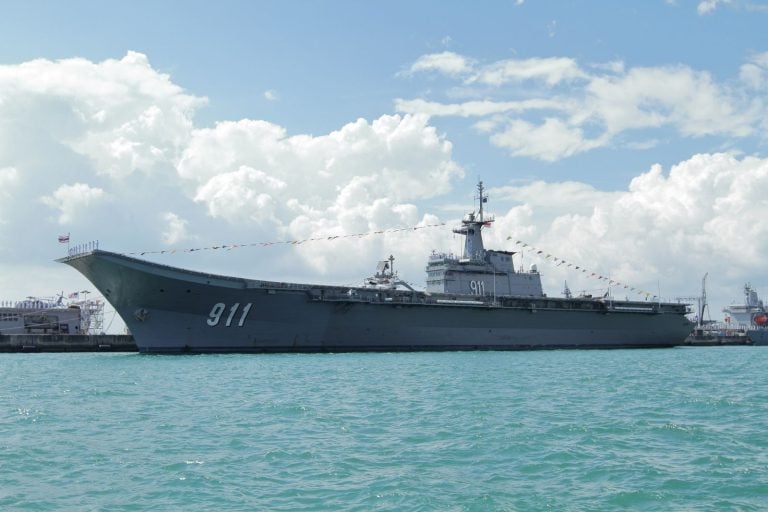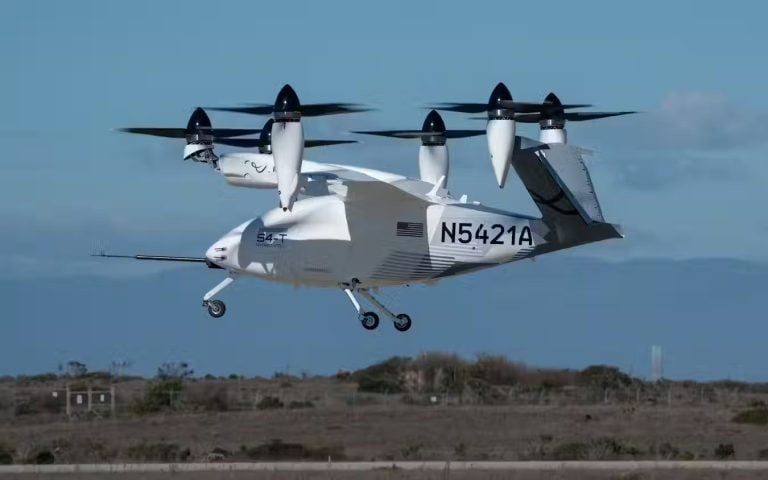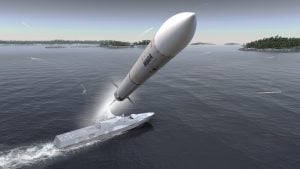The Swedish defense procurement agency has made a significant amendment to its existing contract with MBDA to secure additional deliveries of Common Anti-air Modular Missiles (CAMM). This decision reflects Sweden’s ongoing commitment to enhancing its air defense capabilities as part of a broader strategy to strengthen national security.
Initially signed in 2023, the original agreement focused on the delivery of CAMM surface-to-air missiles along with the Sea Ceptor shipborne air defense system designated for the Royal Swedish Navy’s five Visby-class corvettes. This marks a crucial development in the modernization of Sweden’s naval forces.
The integration of the Sea Ceptor system is scheduled to commence during a mid-term modernization effort set to begin in late 2025. This upgrade program will be implemented by Saab in collaboration with MBDA. The first modernized vessel is anticipated to be delivered by late 2026, representing a significant milestone in naval capability enhancement.
Lorenzo Mariani, the Executive Group Director of Sales and Business Development at MBDA, emphasized the strategic importance of this continued partnership. He noted that strengthening air defense capabilities not only enhances Sweden’s sovereign protection but also reinforces interoperability and security with European partners and NATO allies. Mariani further highlighted that the CAMM missile has demonstrated its effectiveness against evolving threats, making it a vital asset in supporting the Swedish armed forces.
The Common Anti-air Modular Missile serves as a key component of the Sea Ceptor system, employing advanced vertical launch technology that minimizes its launch signature. This feature significantly reduces the chances of detection by enemy forces. With an engagement range of 25 kilometers (15.53 miles) and an altitude envelope of 10 kilometers (6.2 miles), CAMM can effectively intercept multiple simultaneous threats in a 360-degree operational field.
Additionally, CAMM is designed for all-weather operation, leveraging an active radio frequency seeker that negates the need for expensive dedicated fire-control or illumination radars. Weighing just 99 kilograms (218 pounds), the missile is versatile enough to be deployed from platforms ranging from small patrol vessels measuring 50 meters (160 feet) to larger frigates and destroyers.
This recent development in Sweden’s defense procurement not only reinforces its military readiness but also underscores the importance of collaborative efforts in enhancing air defense systems within the framework of international security partnerships.
















